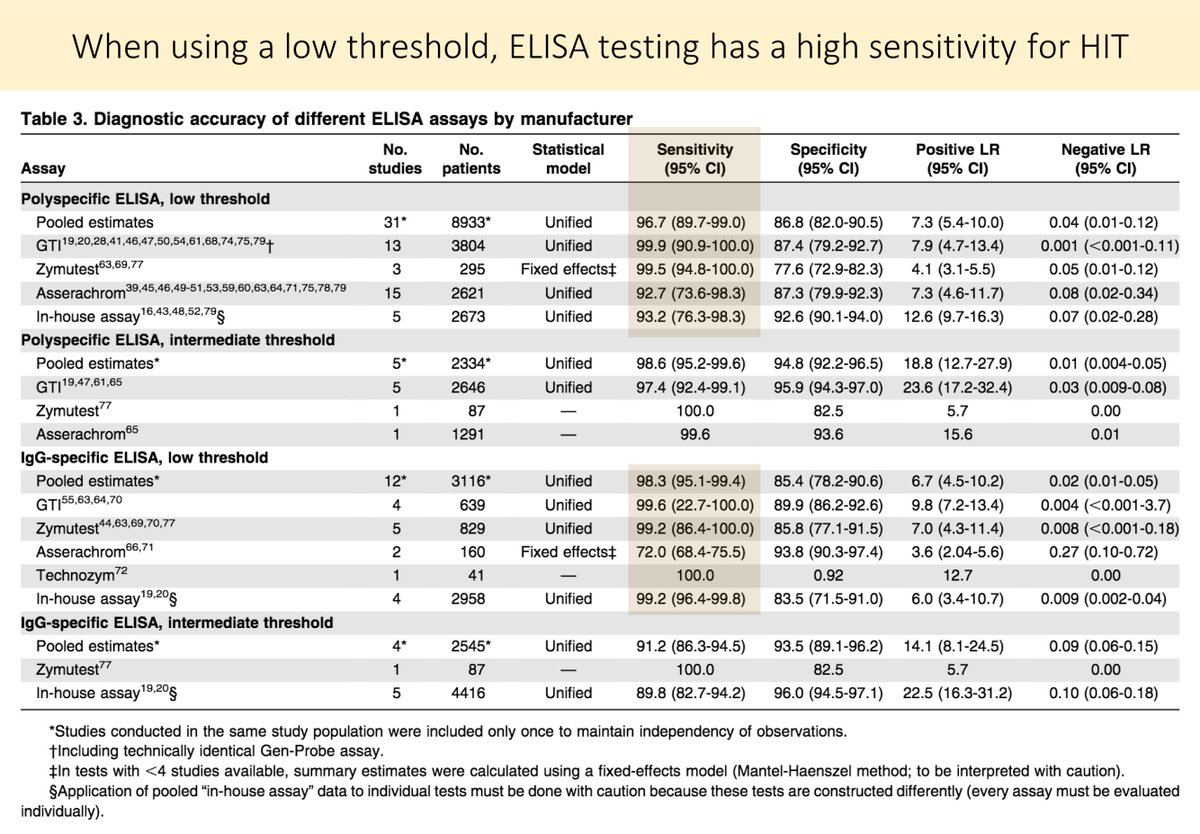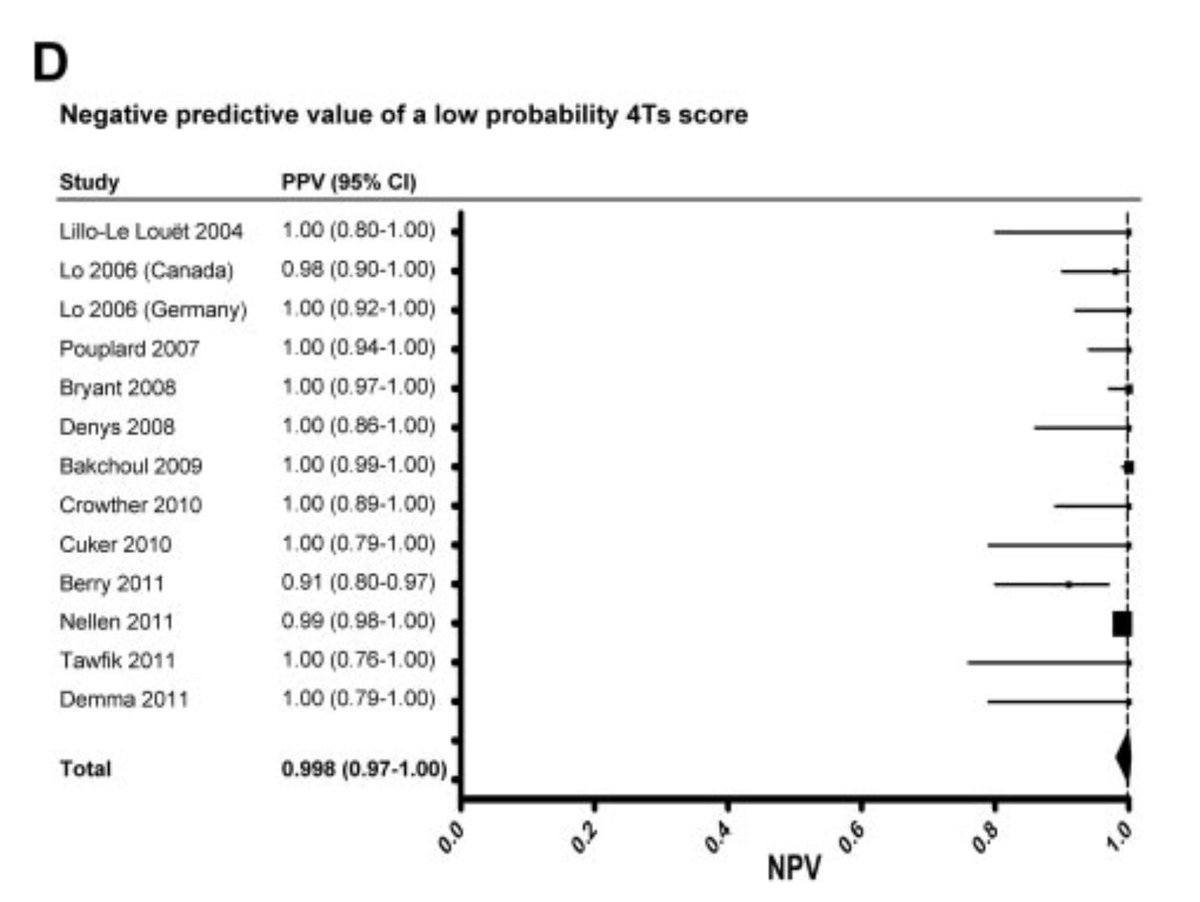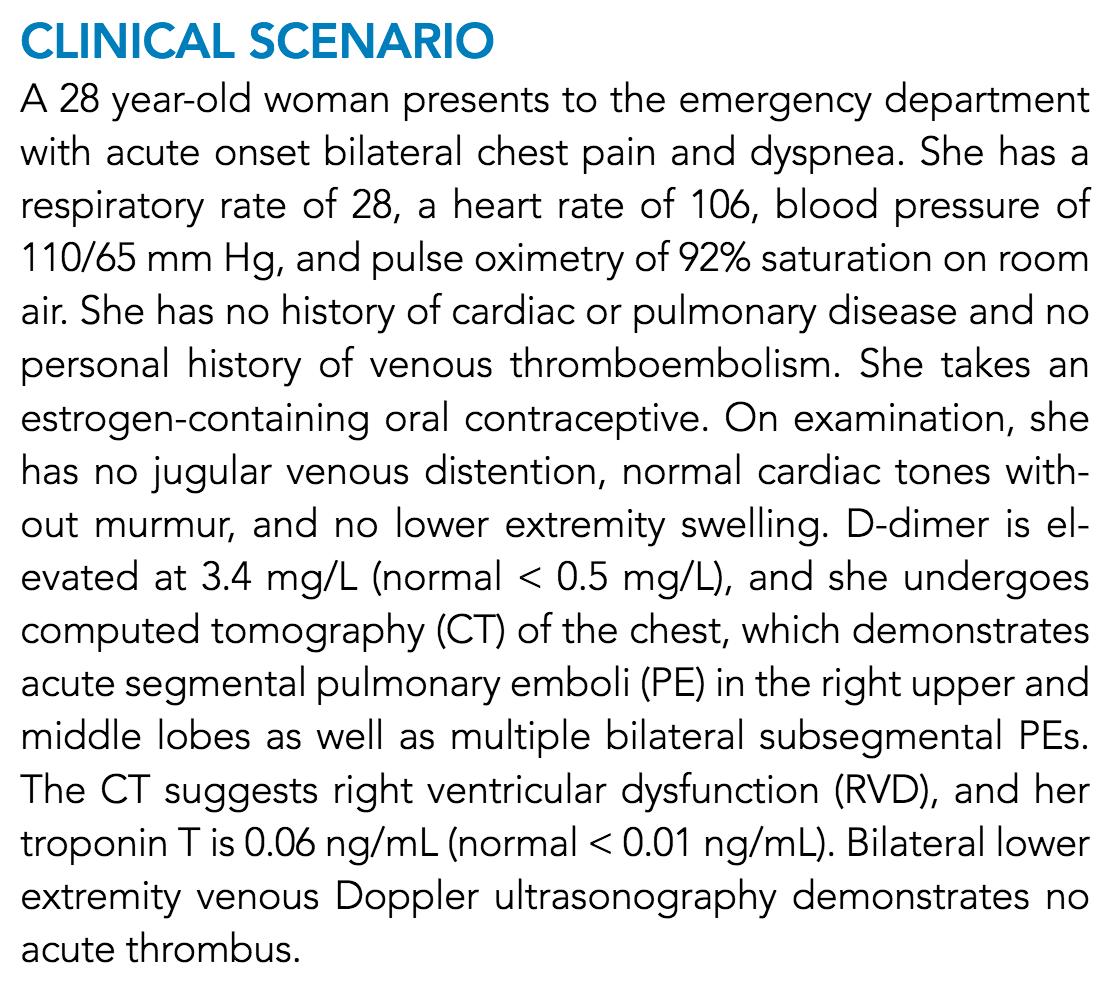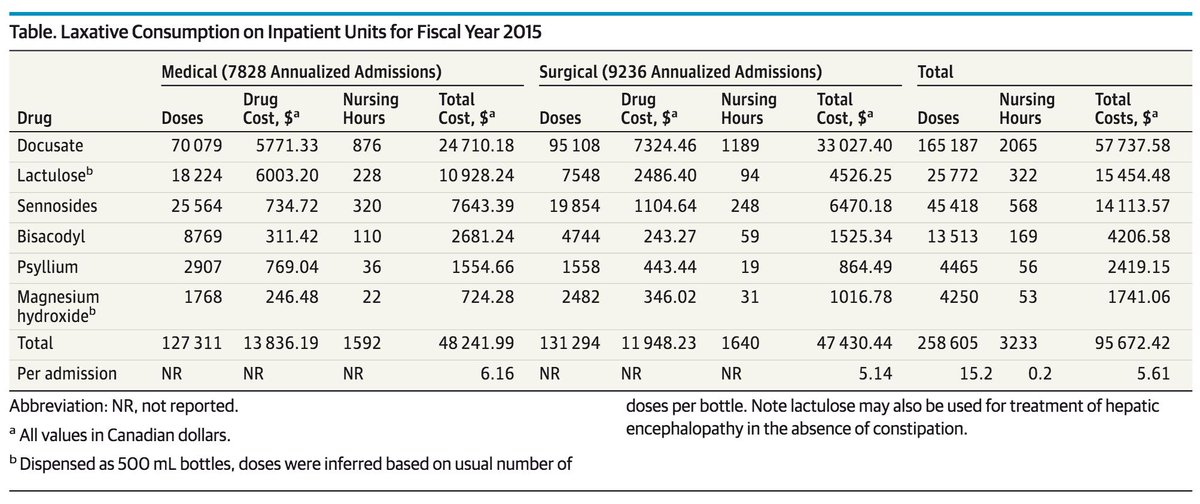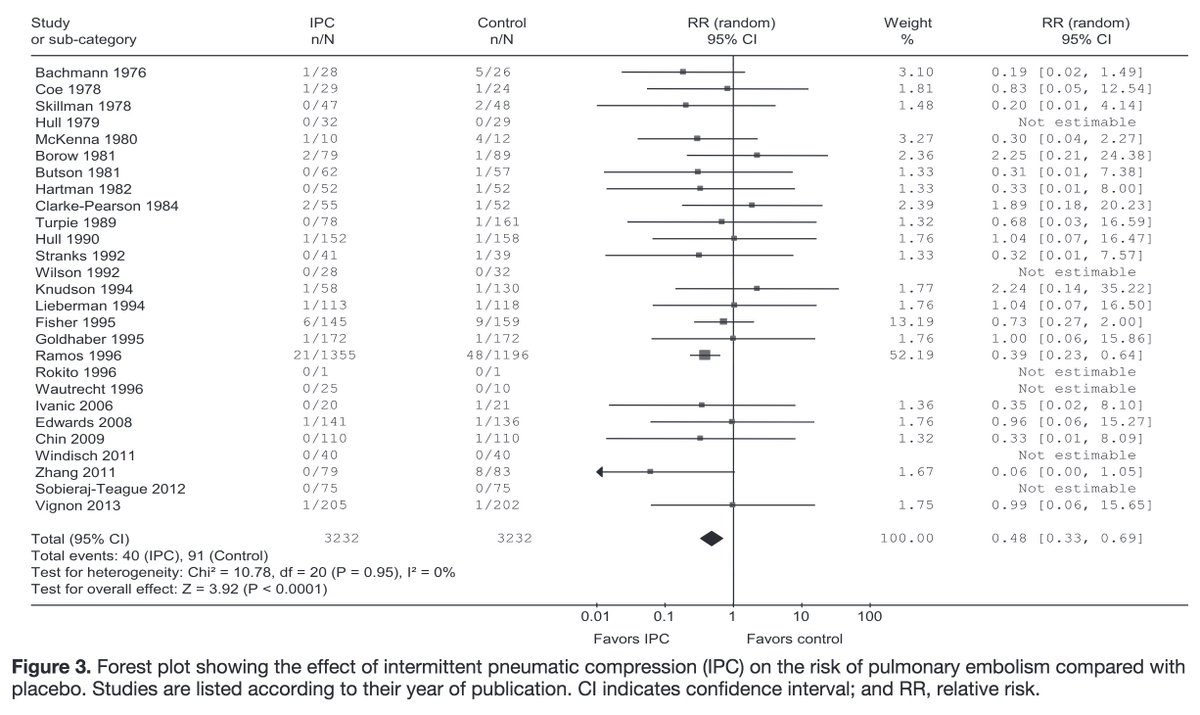1/10
Why is the routine use of neuroimaging for hospitalized patients with delirium a #TWDFNR?
This #tweetorial is a supplement to the review published in the July 2019 issue of the @JHospMedicine
journalofhospitalmedicine.com/jhospmed/artic…
Why is the routine use of neuroimaging for hospitalized patients with delirium a #TWDFNR?
This #tweetorial is a supplement to the review published in the July 2019 issue of the @JHospMedicine
journalofhospitalmedicine.com/jhospmed/artic…
2/
To understand why the routine use CT/MRI to evaluate delirium is a #TWDFNR, we must first recognize that many acute neurologic processes assessed with neuroimaging DO cause delirium.
Example:
💥13%-48% of patients with acute stroke have delirium💥
journals.sagepub.com/doi/10.1111/j.…
To understand why the routine use CT/MRI to evaluate delirium is a #TWDFNR, we must first recognize that many acute neurologic processes assessed with neuroimaging DO cause delirium.
Example:
💥13%-48% of patients with acute stroke have delirium💥
journals.sagepub.com/doi/10.1111/j.…

3/
Regarding neuroimaging in hospitalized patients with delirium, the authors of the #TWDFNR review cover four studies and note that the overall diagnostic yield is 2.7%-14.5%.
How do these values inform your interpretation of the utility of CT/MRI in this setting?
Regarding neuroimaging in hospitalized patients with delirium, the authors of the #TWDFNR review cover four studies and note that the overall diagnostic yield is 2.7%-14.5%.
How do these values inform your interpretation of the utility of CT/MRI in this setting?
4/
Given that the findings on CT/MRI are often high stakes (e.g., subdural hematoma or metastases), I see these values as suggesting imaging has value.
But, the 2.7%-14.5% range includes patients with more clear indications for imaging (e.g., recent fall).
Given that the findings on CT/MRI are often high stakes (e.g., subdural hematoma or metastases), I see these values as suggesting imaging has value.
But, the 2.7%-14.5% range includes patients with more clear indications for imaging (e.g., recent fall).

5/
If one excludes clearer indications for CT/MRI...
➢ focal neurologic deficit
➢ new decline in mental status
➢ anticoagulation
➢ recent fall
...the yield falls to 0%-1.5%.
How do these values inform your interpretation of the utility of neuroimaging in this setting?
If one excludes clearer indications for CT/MRI...
➢ focal neurologic deficit
➢ new decline in mental status
➢ anticoagulation
➢ recent fall
...the yield falls to 0%-1.5%.
How do these values inform your interpretation of the utility of neuroimaging in this setting?
6/
The authors argue that:
"While a rate of 1.5% may appear high for a serious outcome such as stroke or intracranial bleeding, it is comparable to rates reported for missed major cardiac events in clinical algorithms for evaluating chest pain."
The authors argue that:
"While a rate of 1.5% may appear high for a serious outcome such as stroke or intracranial bleeding, it is comparable to rates reported for missed major cardiac events in clinical algorithms for evaluating chest pain."
7/
They also note that there are additional downsides to routinely obtaining neuroimaging in this setting, including:
➢ cost
➢ radiation exposure
➢ incidental findings
They also note that there are additional downsides to routinely obtaining neuroimaging in this setting, including:
➢ cost
➢ radiation exposure
➢ incidental findings

8/
What do you think?
Given a yield of 0%-1.5%, along with the potential downsides, is routinely obtaining neuroimaging in undifferentiated hospitalized patients with delirium a #TWDFNR?
What do you think?
Given a yield of 0%-1.5%, along with the potential downsides, is routinely obtaining neuroimaging in undifferentiated hospitalized patients with delirium a #TWDFNR?
10/10
To read more about this topic, download the Open Access article using the link below.
And, as always, if there are things you think are #TWDFNR, send us an email: TWDFNR@hospitalmedicine.org
…files-live.s3.us-east-2.amazonaws.com/files/s3fs-pub…
To read more about this topic, download the Open Access article using the link below.
And, as always, if there are things you think are #TWDFNR, send us an email: TWDFNR@hospitalmedicine.org
…files-live.s3.us-east-2.amazonaws.com/files/s3fs-pub…
• • •
Missing some Tweet in this thread? You can try to
force a refresh



